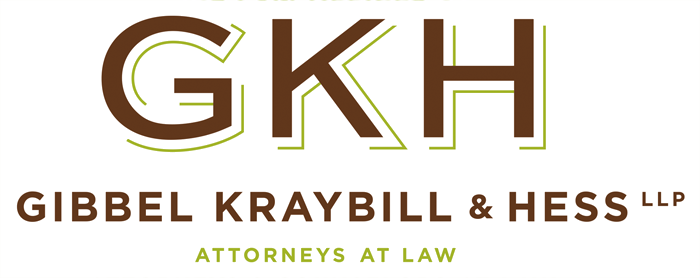Trademark Genericide – How Bad Grammar Kills a Brand
Businesses invest greatly in brands to catch and keep consumer attention. Some brands have become regular parts of our language – so instead of adjectives, they are nouns. Think fast: do you say Q-Tip cotton swab or just Q-tip? Frisbee flying disc or just Frisbee? Vaseline petroleum jelly or just Vaseline?
To protect a brand generally, a trademark owner may obtain federal trademark registration and enforce quality control by pursuing infringers, so imposters don’t dilute the brand or steal the goodwill associated with that trademark.
But a brand can also become so widely known and used in everyday language that people forget to use the brand as an adjective when naming a particular type of good or service. When average consumers begin using brands as nouns to refer to the good or service itself, brand holders should get nervous.
Trademarks are still trademarks when they are used as adjectives, but others have already become nouns – so which from this list no longer qualify as trademarks?
a.Escalator
b.Thermos
c.Crock-Pot
d.Velcro
e.Zipper
The former trademarks that are trademarks no longer are those that now feel awkward to describe with ADDITIONAL noun words. The answers to our above quiz are a.) escalator and e.) zipper, because people use those as nouns without using any additional words.
Trademark genericide occurs when a company is forced to abandon trademark protection because the brand no longer designates the particular originator of goods or services, but rather designates the goods or services generically.
Genericide is a form of trademark abandonment, which occurs when the mark becomes the generic name for the goods or services on or in connection with which it is used. Once the mark is generic, it is in the public domain for use by all, including competitors of the original trademark holder. A competitor may freely describe their own goods or services as, and even add their own trademark in front of, the formerly trademarked word that has been killed by genericide when the word became a noun.
Some big brands have made herculean efforts to avoid genericide for their brands. For example, just in the field of office supplies, the holders of the trademarks White-out, Sharpie, Post-it, Xerox, Super glue and Scotch tape have spent heavily on advertising campaigns, to avoid losing their investments in those trademarks by allowing genericide to kill their brands.
Many companies with famous brands will ramp up advertising campaigns long after successfully imprinting a brand in the consumer’s mind. Those late-stage advertising campaigns then demonstrate the proper use of trademarks as adjectives, showing the specific origin for particular goods or services, which are not to be confused with generic nouns.
- Xerox Corporation has run advertisements stating, “You can’t Xerox a Xerox on a Xerox. But we don’t mind at all if you copy a copy on a Xerox® copier.”
- Chrysler distinguished itself by saying, “They invented “SUV” because they can’t call them Jeep®.”
- Kimberly-Clark even asked for consumers’ help when it said, “ ‘Kleenex’ is a brand name…and should always be followed by an ® and the word ‘Tissue.’ [Kleenex® Brand Tissue] Help us keep our identity, ours.”
It seems that these advertisements were part of successful efforts, as Xerox®, Jeep® and Kleenex® all continue to be protected by active trademark registrations.
Here are some further ways to keep a trademarked brand name safe from genericide:
- Always pair the brand name adjective with the generic noun or noun phrase for the product – for example, “Q-Tip cotton swabs”.
- Give proper notice to consumers that the trademarked name of the product or service is a registered trademark by using the ™ or ® symbol. This ensures that everyone knows that it is a brand rather than a generic term.
- Consider using a distinctive typeface to make the trademark stand out from plain text.
- Always use the trademark as an adjective instead of a verb or noun – for example, calling it a “Xerox copier” instead of saying, “go Xerox this” or “get me a Xerox of this”.
- Consider using the trademark for goods on a variety of goods instead of just one type of goods – for example, Nike prints its name on sneakers, clothing, and sports equipment so that the trademark is not associated solely with sneakers.
- Enforce trademark rights when there does appear to be a violation, such as when an infringer uses a trademark without permission.
While it is terrific to have a well-known trademark, companies must ensure that they don’t become victims to success. Following the suggested steps mentioned will help protect trademarks from genericide.
DISCLAIMER: This web site does not offer legal advice and should not be treated as a substitute for specific legal advice relating to particular situations. All material on this site has been prepared by Gibbel Kraybill & Hess LLP for general informational and educational purposes. The information on this site may not reflect current legal developments and may not reflect current developments in your jurisdiction. Although we seek to ensure the accuracy of the information contained on this site, we do not accept any liability for any loss or damage arising from any reliance on this site’s contents. No attorney-client or other professional relationship of any nature is created by your reading this site. If you seek further information, want to discuss legal developments or seek legal representation, please contact Gibbel Kraybill & Hess LLP.
